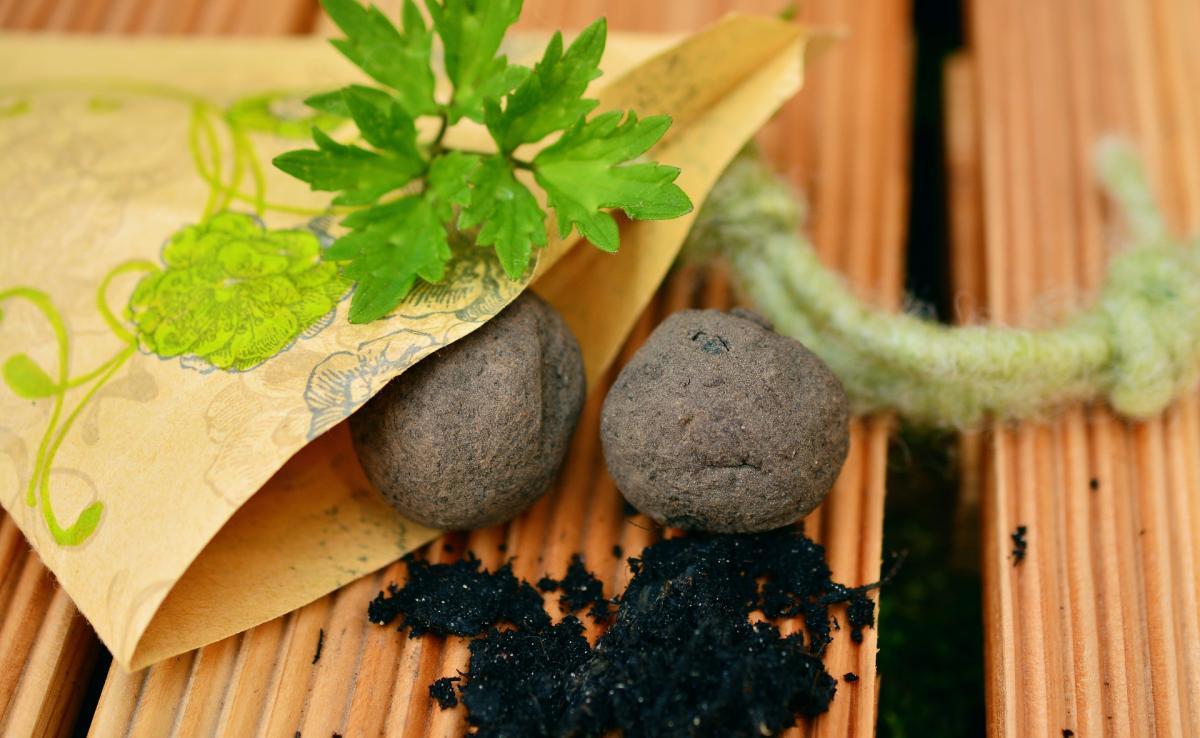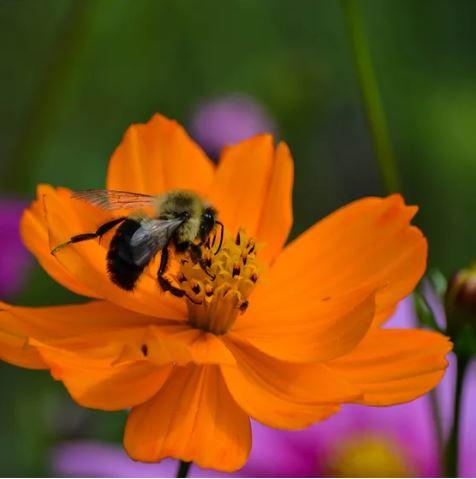In honor of Earth Day, EQT Corporation and the Student Conservation Association (SCA) have teamed up to help restore pollinator habitats. EQT Corporation employees will receive an Earth Day package, containing a clay seed ball kit, to help them and their families connect with nature to make a tangible impact!
Wildflower seed balls are great for a family friendly, at-home activity, or a competitive team-builder. Seed balls are a cluster of seeds wrapped in a ball of soil and clay that you can throw in areas where traditional planting is difficult. You can toss them right in your own backyard or “plant” in a pot on your windowsill. Check out the how to steps and instructional video below to learn how to make a seed ball.
What’s in Your Seed Ball Kit:
Wildflower Seed Mix, Soil Pellet, Clay Package
What Else You’ll Need:
Water, Placemat, Container


Pollinator habitats are home to wildflowers, companion plants, and a dynamic system of bees, butterflies, and other pollinators. These habitats can be found in all different shapes and sizes from the California coast to the Appalachian Mountains and beyond. They provide food and shelter for their fellow pollinator residents.
Pollinators are animals that transfer pollen from one flower to another allowing the plant to be fertilized and create seeds to reproduce. Pollinators can be insects such as bees or butterflies, as well as birds, bats, and more.


More than 75% of the Earth’s flowering plants depend on bees, butterflies, birds, bats, and other pollinators. These habitats are threatened by urban sprawl and excessive use of pesticides as well as a myriad of other environmental disruptions.
YOU CAN HELP restore pollinator habitats by distributing native seeds, creating seed balls, and more. Your efforts will help provide the birds and bees with the food and shelter they need to survive.
A special thank you to EQT Corporation for support of “Bee Kind” project and support of SCA’s mission that provides workforce development opportunities for local youth in conservation and environmental justice.
About the Student Conservation Association (SCA)
Founded in 1957, SCA is the nation’s leading youth conservation service organization, providing young people with opportunities to serve nature and to shape their futures. Through programs that mirror the diversity of the U.S. population, SCA strives for a world in which conserving our environment is a lifelong commitment shared by all young people as they enter their careers and assume the responsibilities of citizenship. SCA’s Community Crew programs offer life-changing experiences for youth and young adults that lack representation and visibility by creating local, more diverse, and inclusive opportunities in the conservation field. This hyperlocal model seeks to empower and serve youth and communities who experience environmental injustice and make our cities more resilient.